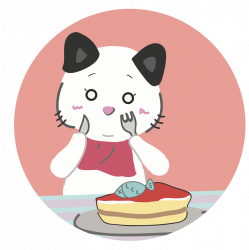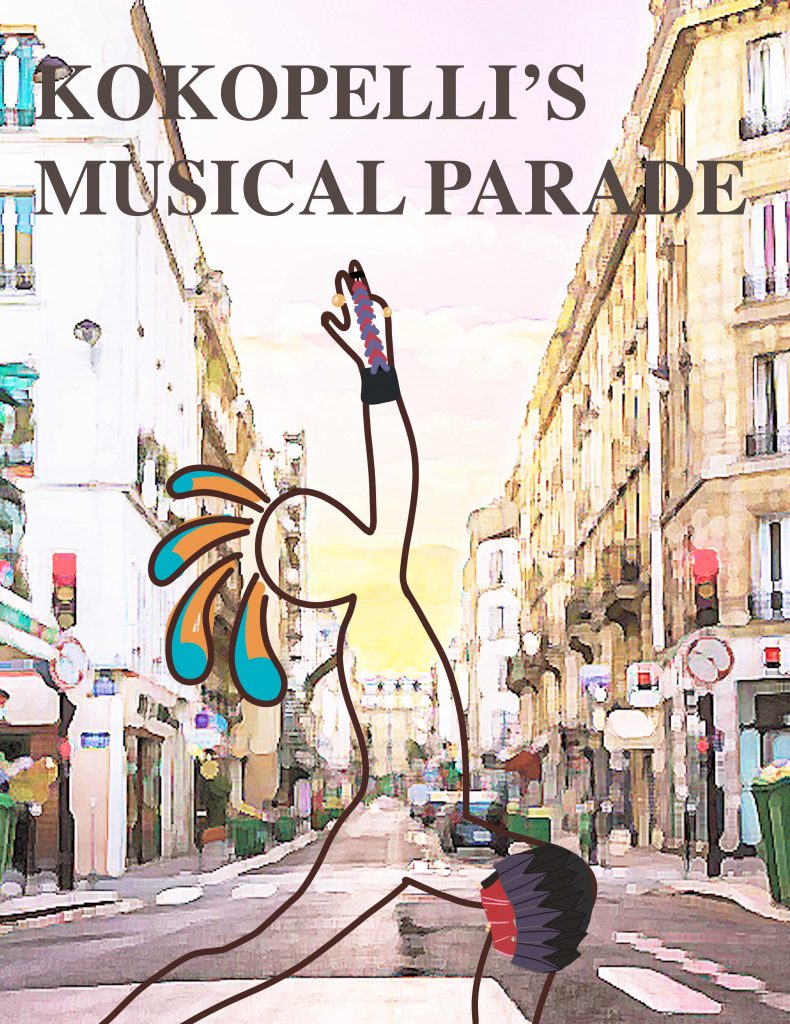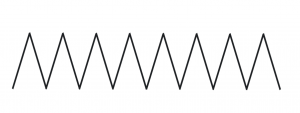Story of KoKo
Kokopelli is a parade commander and he is leading a band through the streets, spreading his magical music around through the wearable instruments: wristrument and kneestrument. Through the music produced by KoKo, the city will be blessed with fertility.
1a) Research on Kokopelli:
- Flute-playing God, Kokopelli is an ancient God.
- A prehistoric, musically talented fertility deity with roots in Native American culture.
- Since 1990, Kokopelli has also been seen on tie-dyed t shirts
- The figure was very often found on pottery and caves
- Kokopelli came out of a mixture of myths deities, personalities, and traits
- Some have hunched backs, while others stand tall. Some resemble insects with antennas; others, birds. Then there are those who look more human, complete with long instrument and manhood raised high.
- His fertility powers worked for agriculture and for attracting women
- In later times, more recently, it symbolises free spirit
- The sticks on his head were evolutionary antennas but have been represented as a mohawk nowadays
1b) Chosen sounds and sound lexicons
We were asked to find 2 ADM soundscape to resemble a pleasant and a unpleasant sound.
Sounds Chosen
1.Pleasant Sound: Raining
(a constant shhhhhh sound accompanied by a sharp but continuous hitting of the raindrops on the surface of the umbrella)
2.Unpleasant Sound: The Gate
(DiDiDi sound produced by the card reader in ADM)
1c) Sound lexicon & 1d) Research on body parts
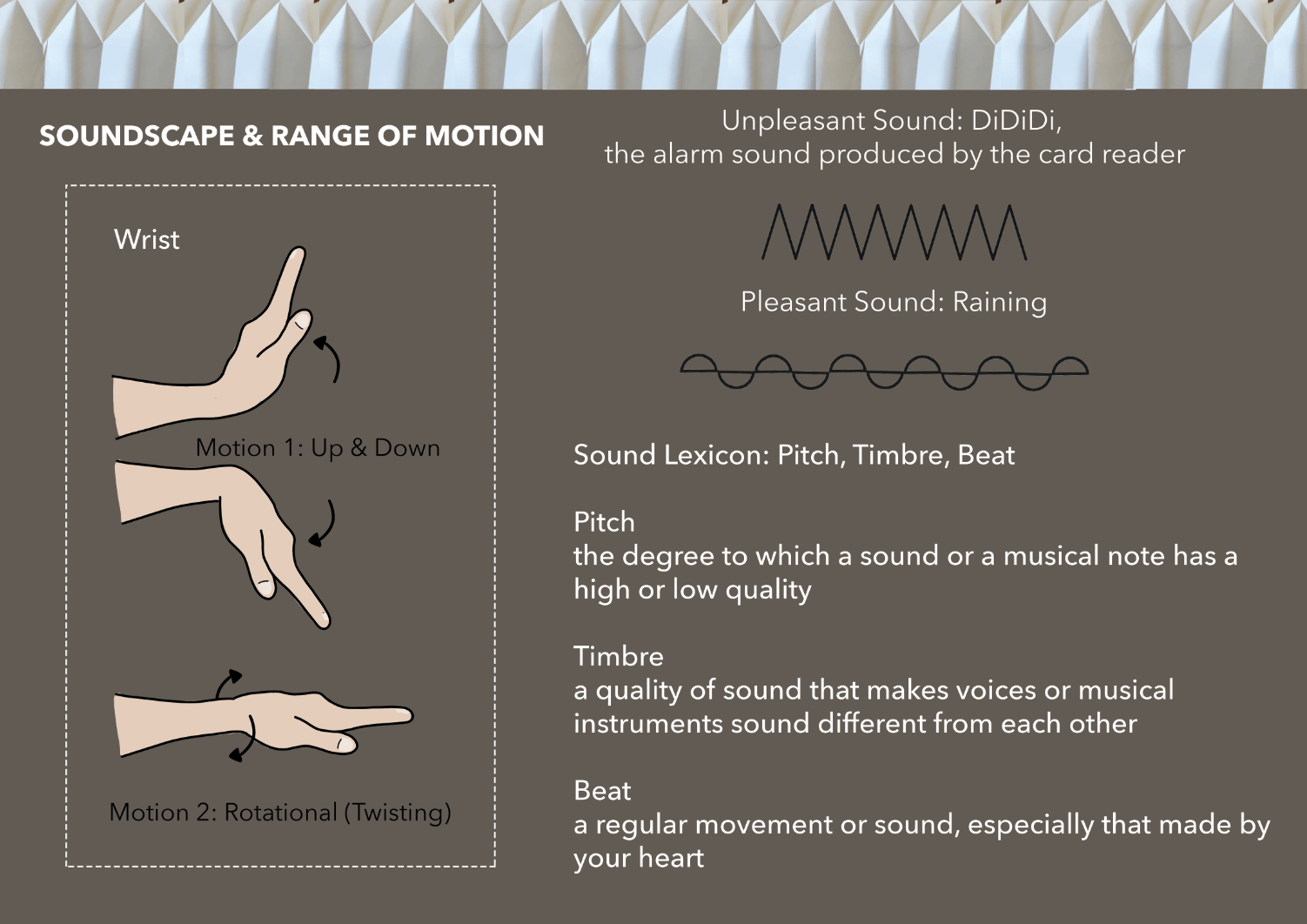
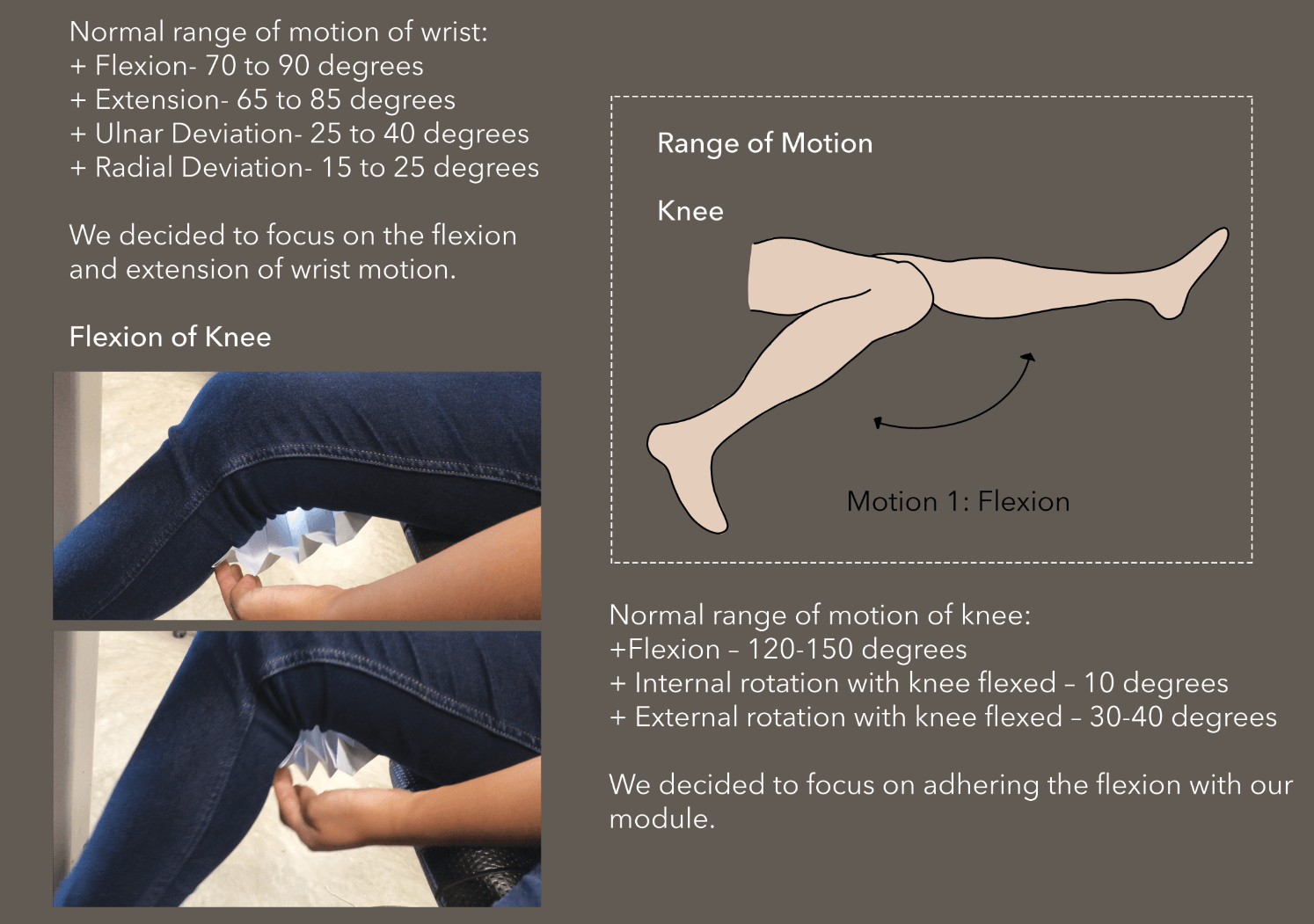
- Initial ideas and Process
2a) Initial module idea (structure and material)
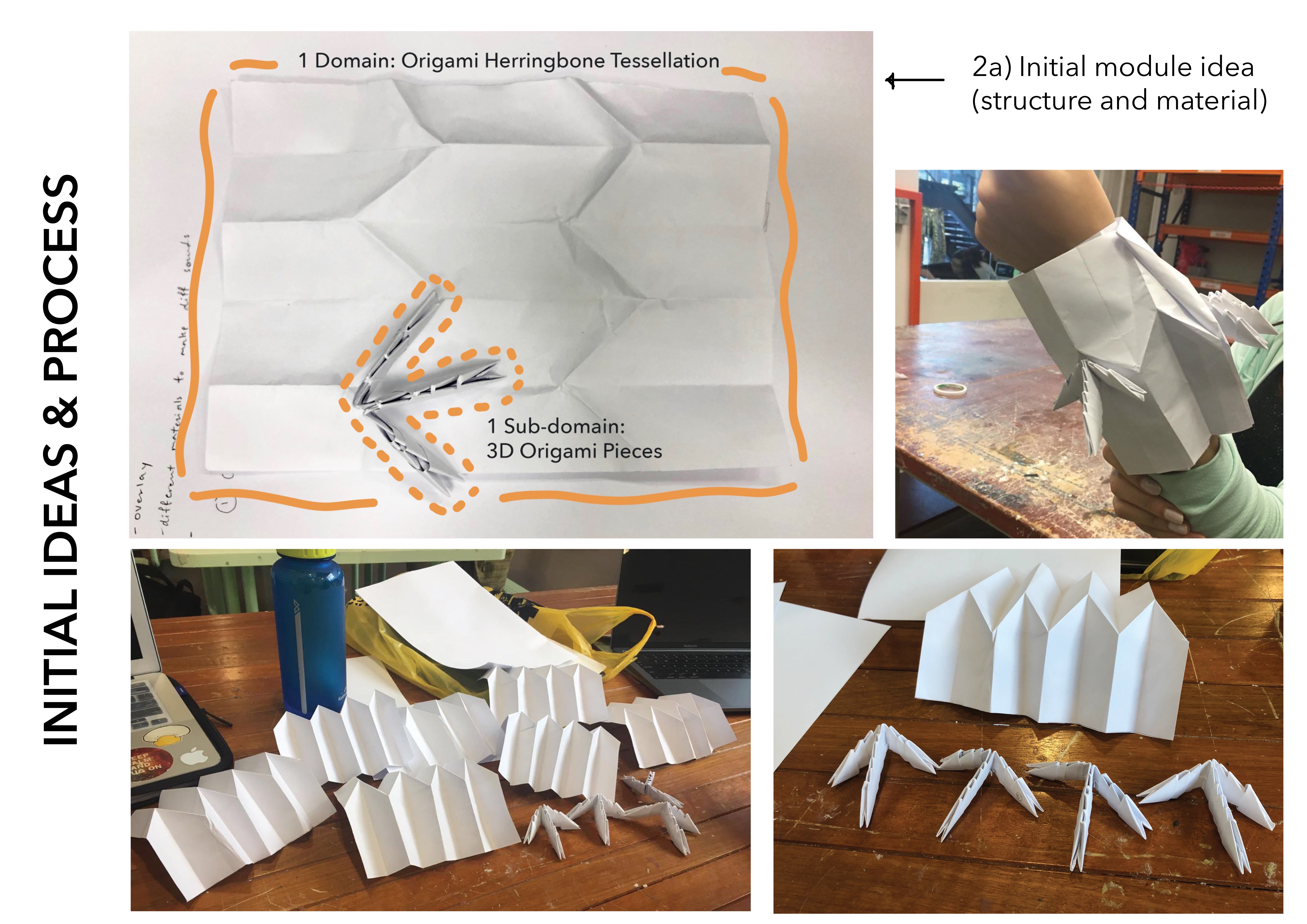
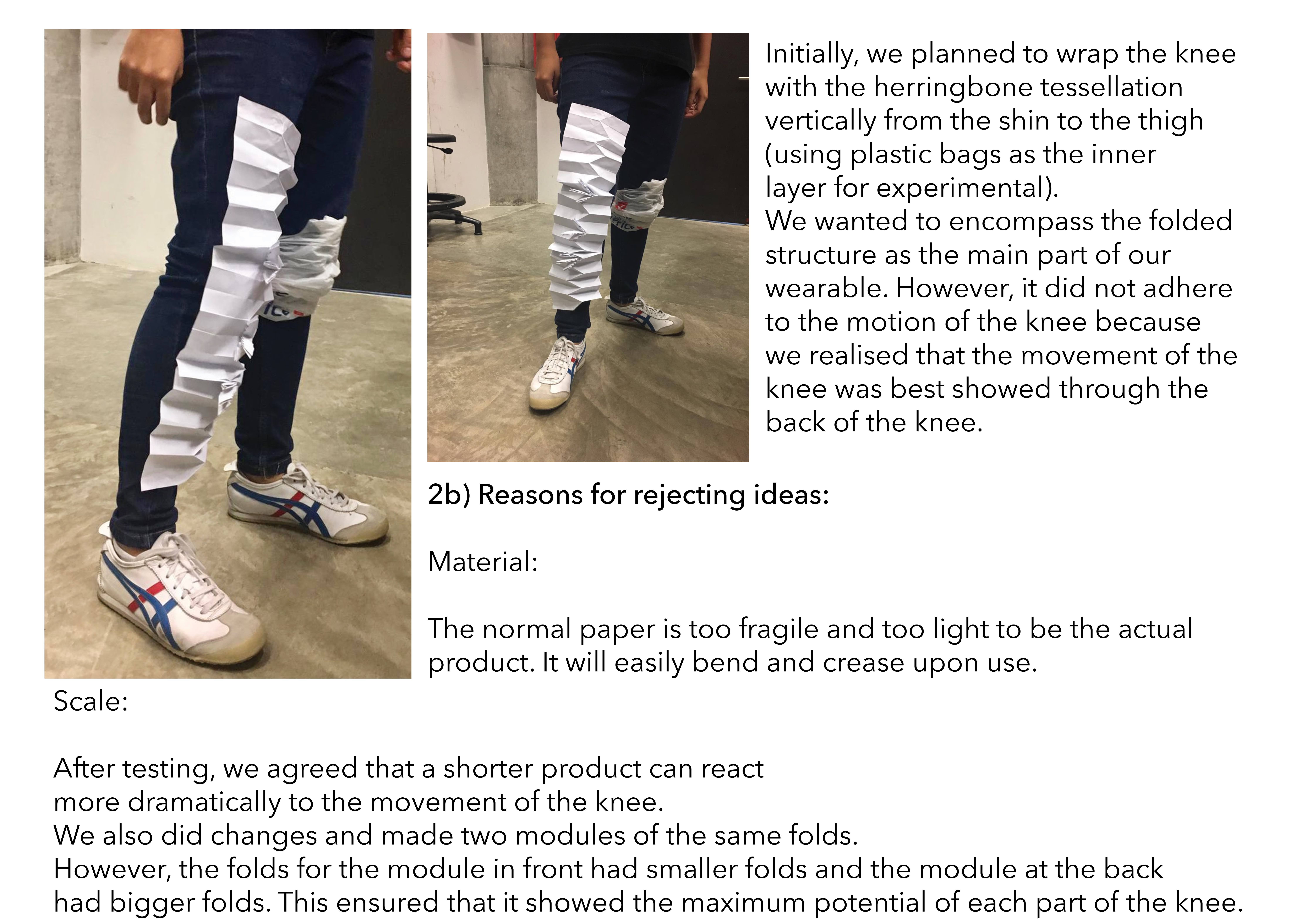
3. Final – Kneestrument
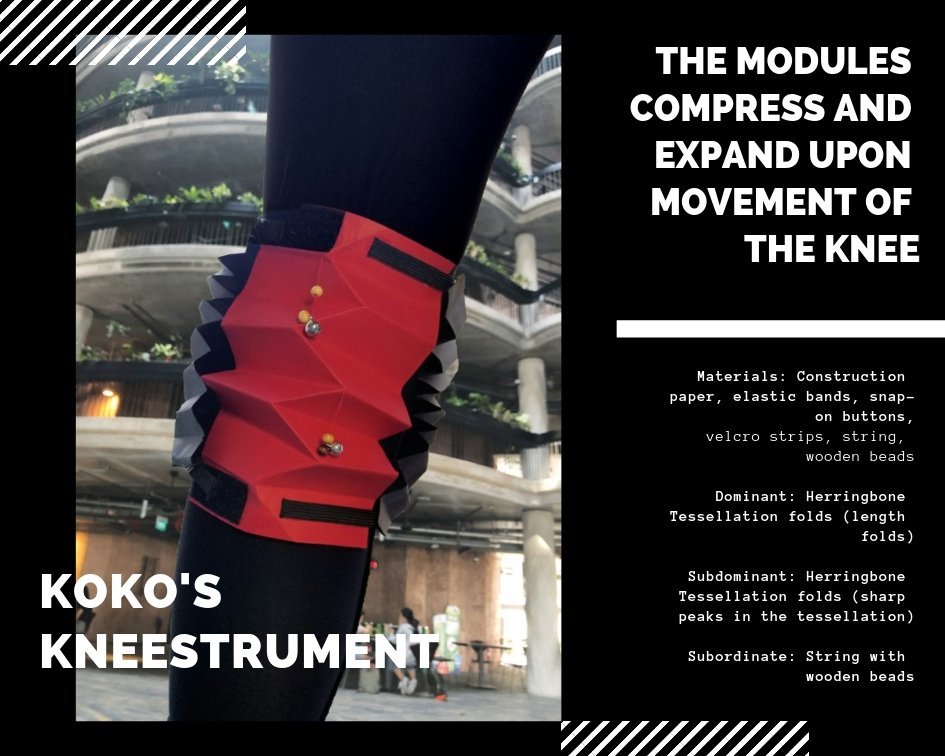
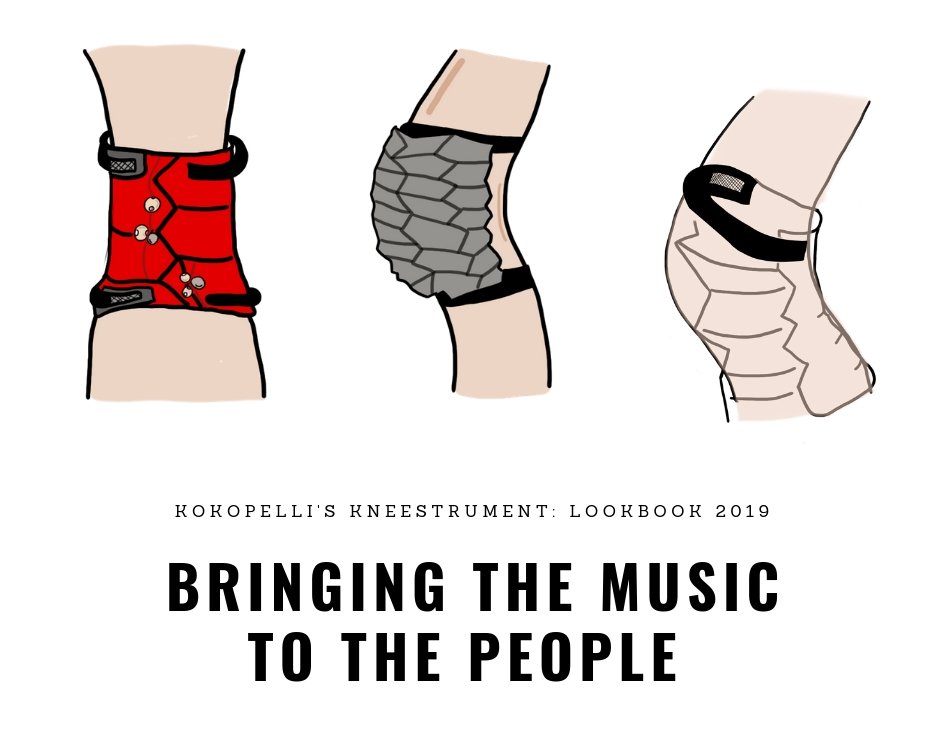
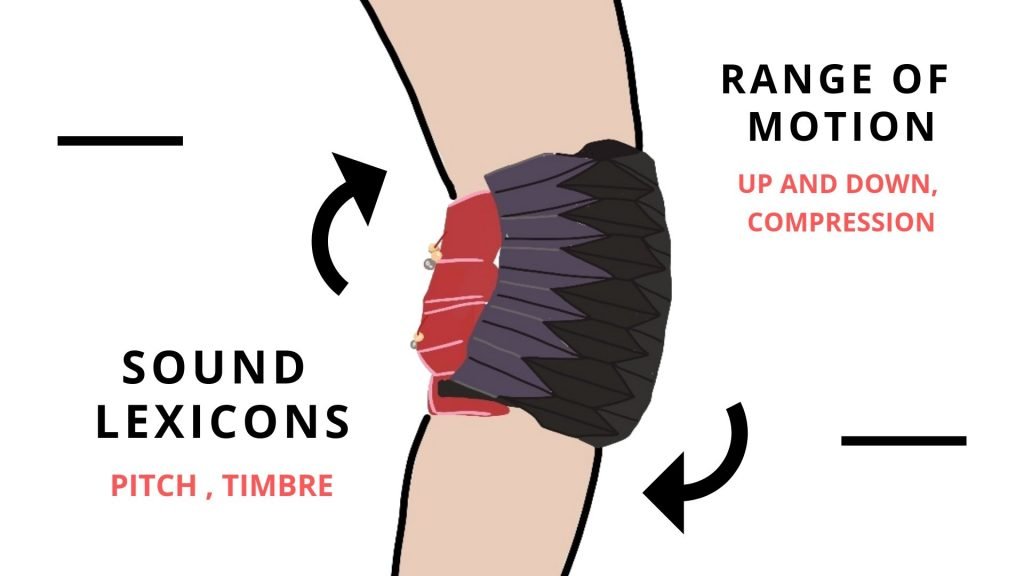
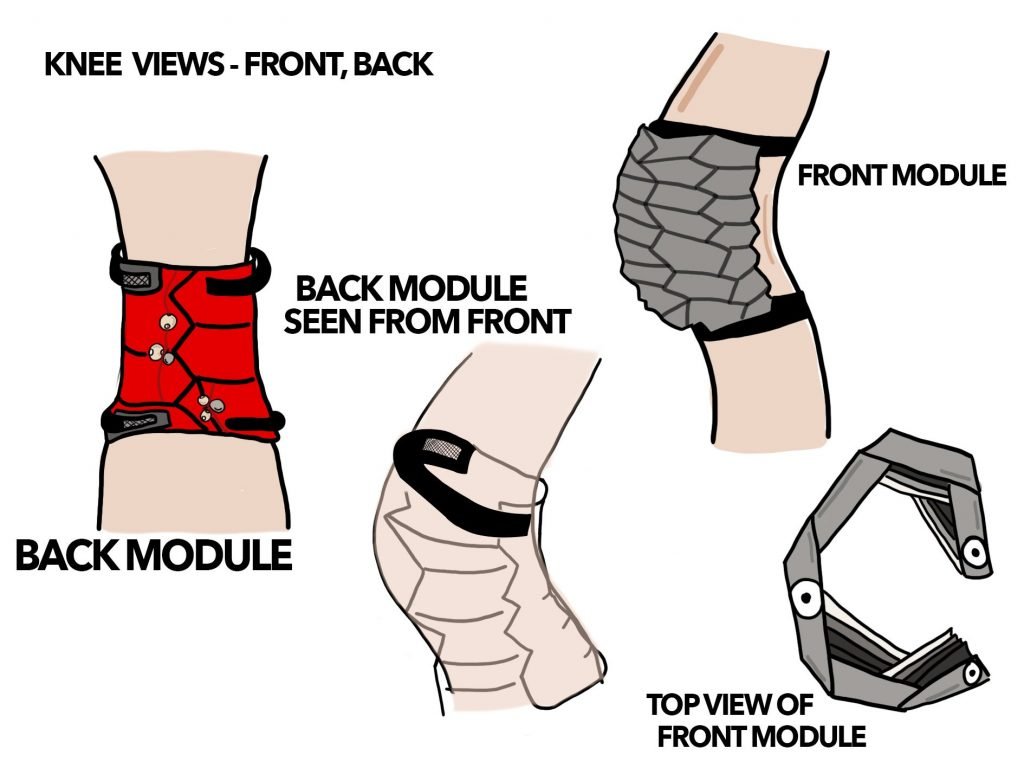
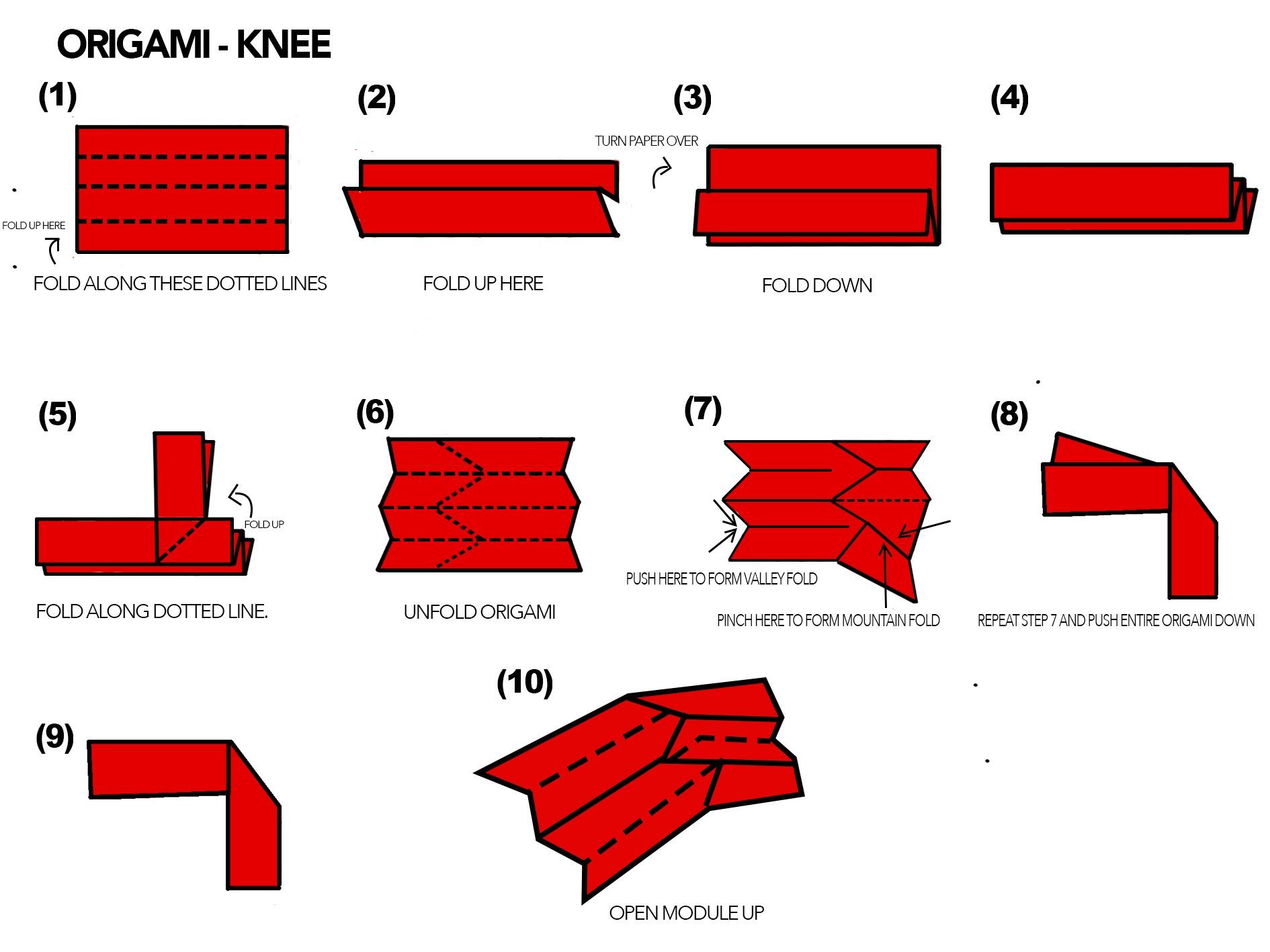
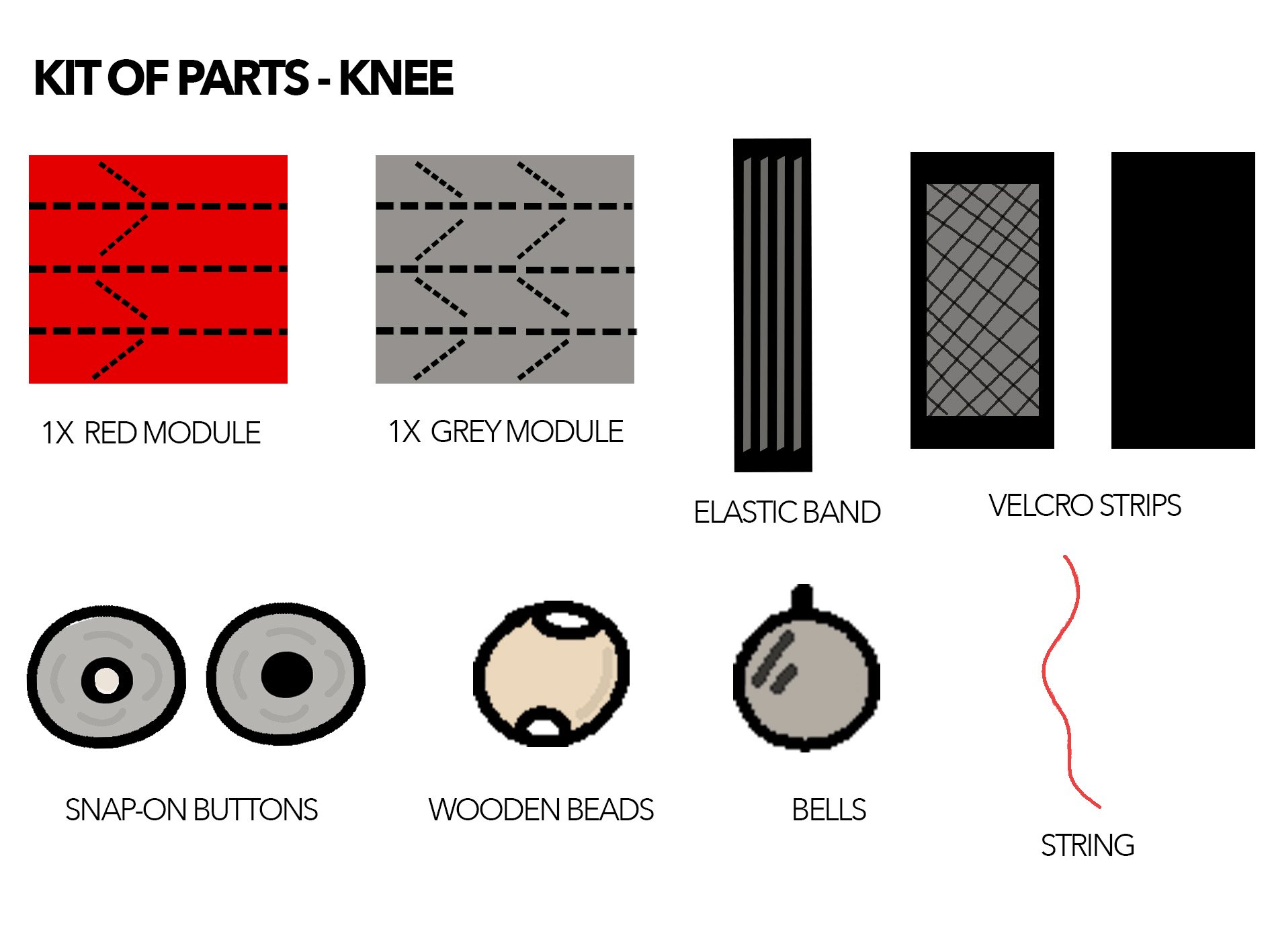
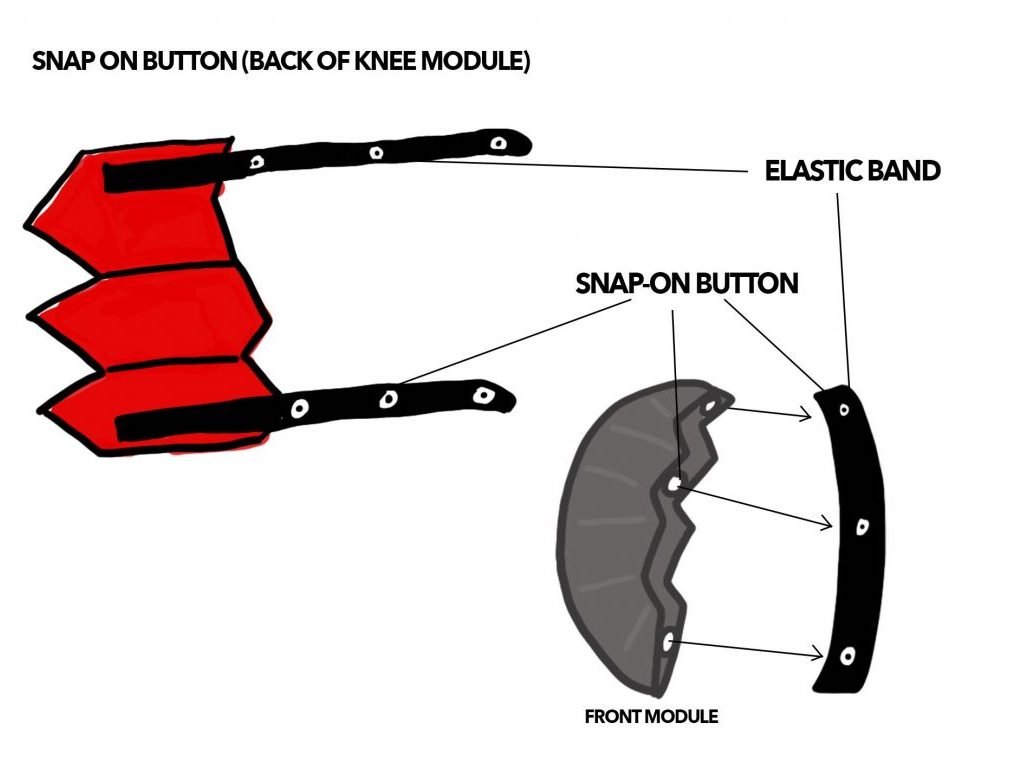
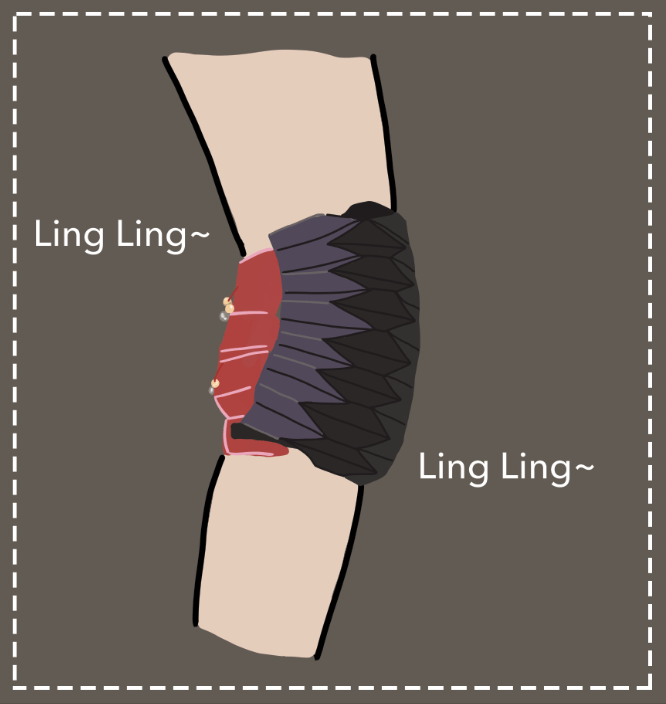
Range of motion: The back fold is connected to the knee with elastic bands that connect to each other with velcro. The front fold is then “snapped” onto the buttons found on the elastic band from the back module. The knee then moves up and down and the modules compress and expand upon movement. This shows how the kneestrument adheres to the range of motion from the knee.
Sound lexicons: The sound lexicon that this kneestrument makes is pitch and timbre.
Pitch comes from the high pitched sounds of the bells attached to the back module. As the module moves, expanding and contracting, the bells ring and jingle with the movement.
The timbre here is unique as the bells and beats hit against each other, with the combination of the high pitched sound from the bells in the folds of the module.
3. Final -Wristrument
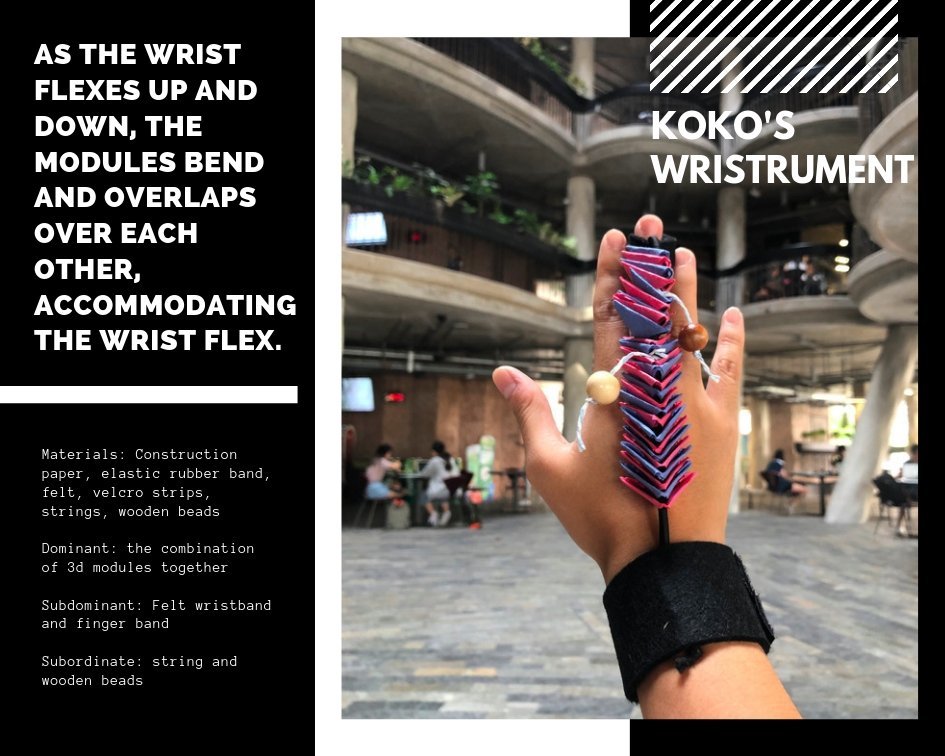
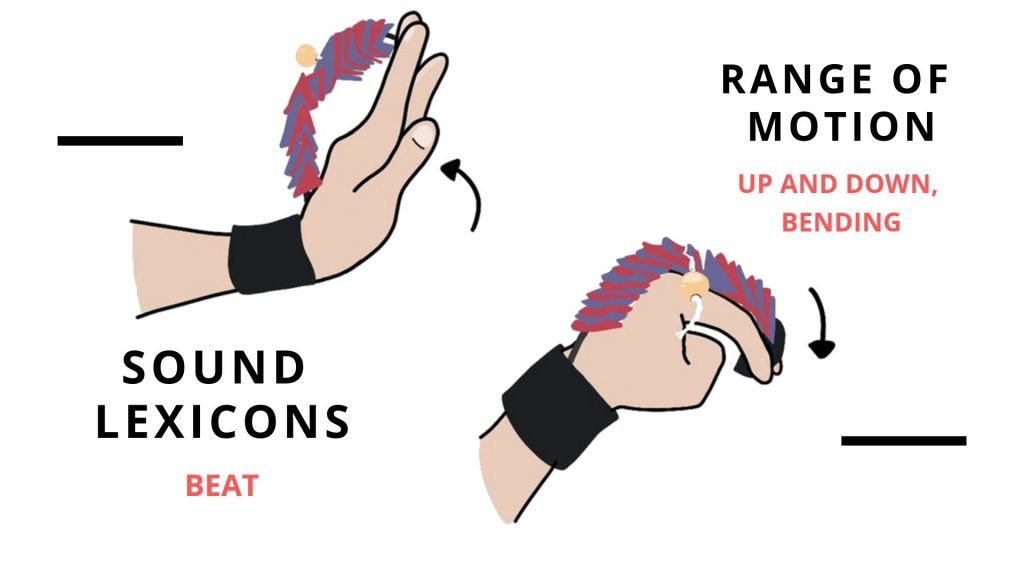
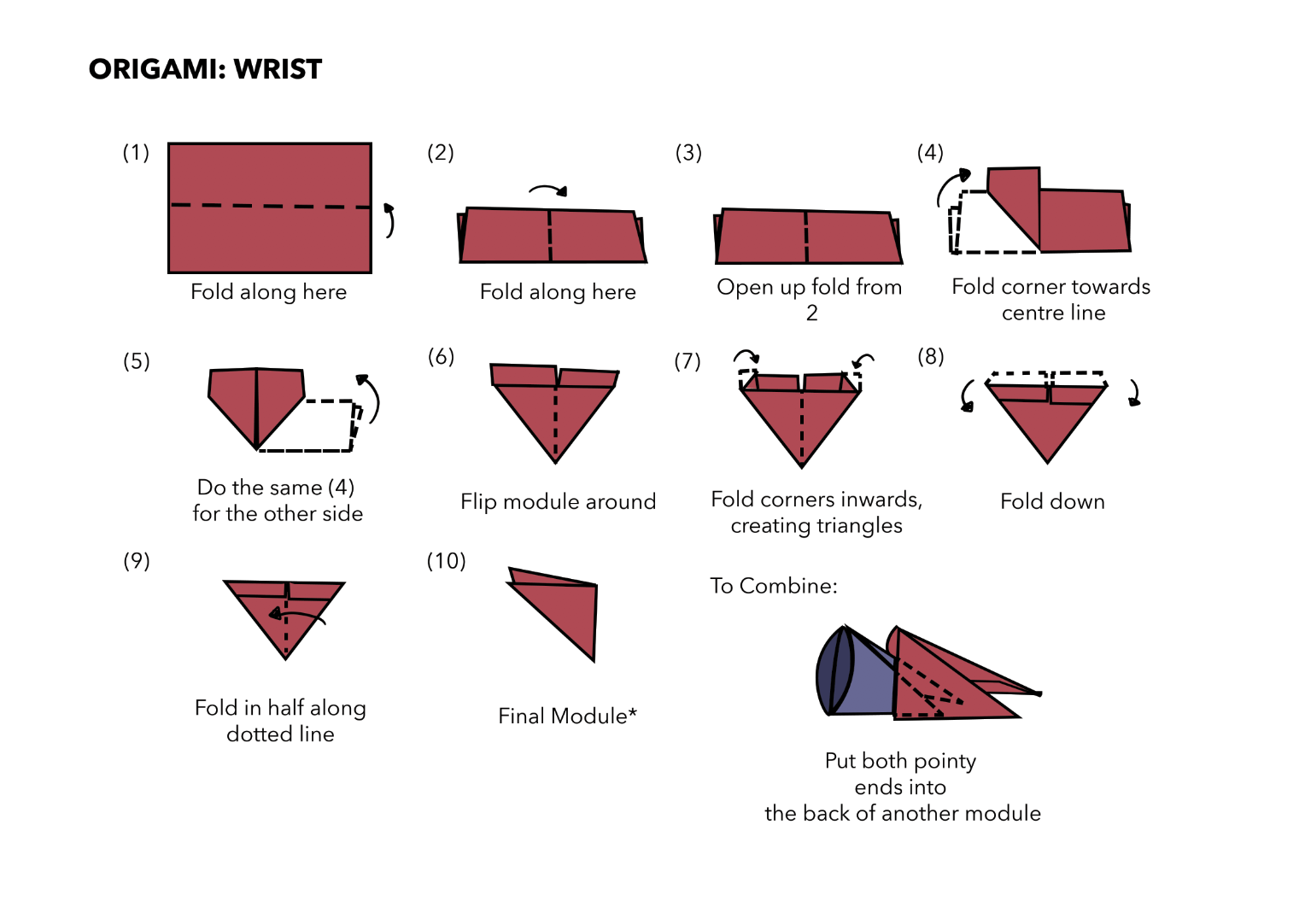
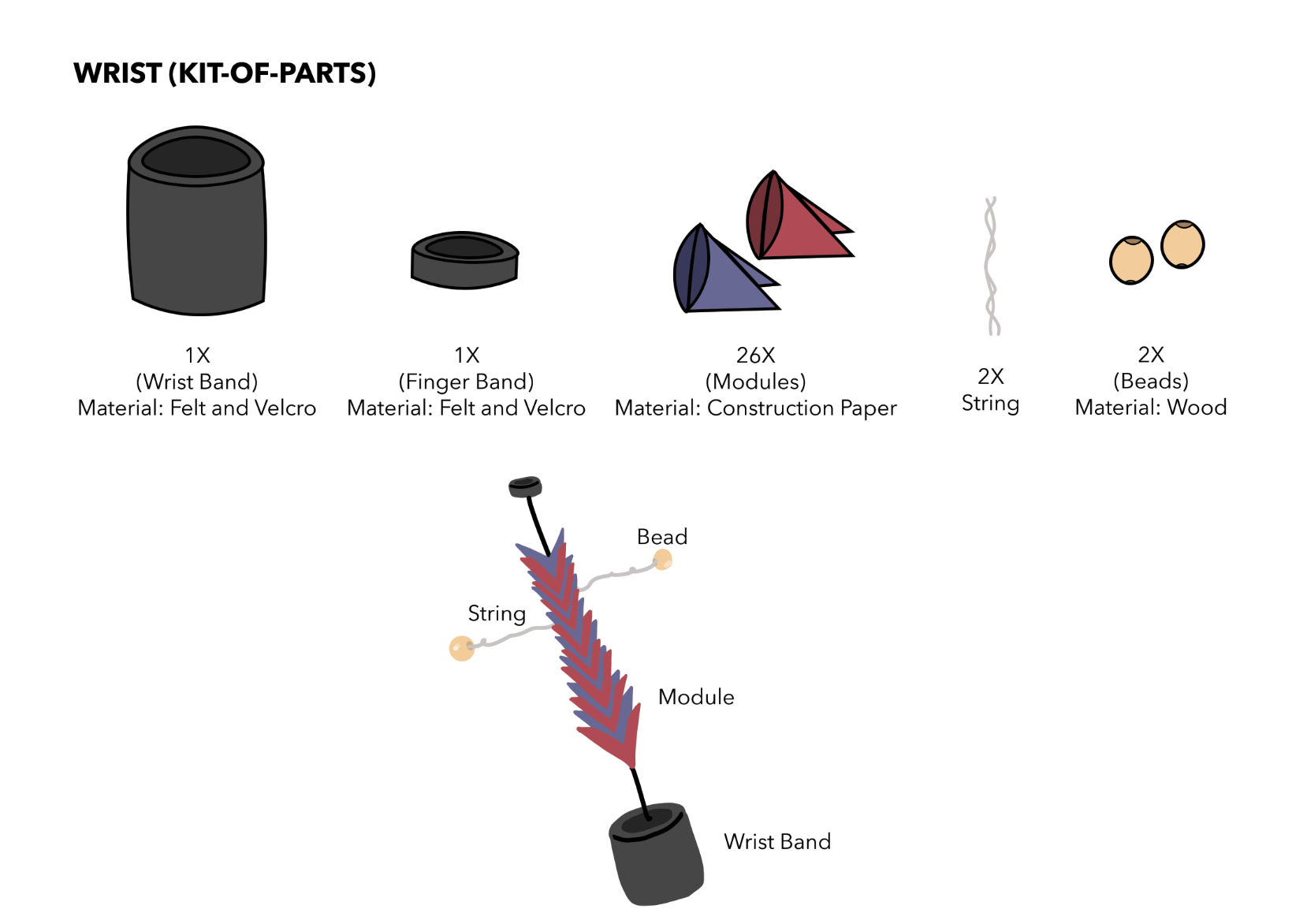
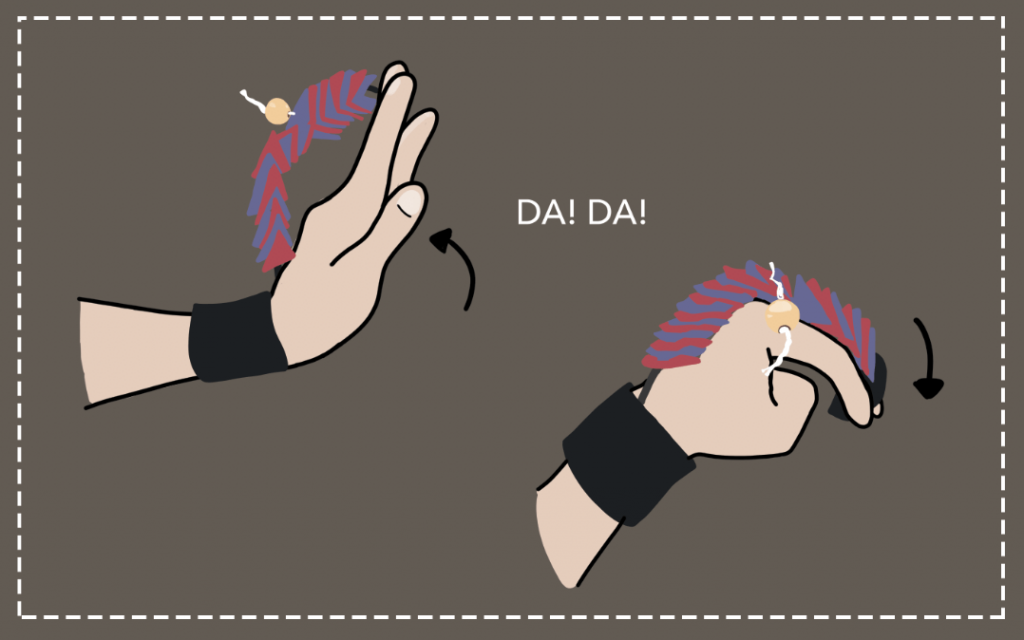
Range of motion: the wristband is connected to an elastic band that has 3d modules sewed through the elastic band. At the end of the wristrument is a fingerband connected to the tip of the 3rd finger and as the wrist flexes up and down, the modules bends and overlaps over each other, accommodating the wrist flex.
Sound lexicons: The sound lexicon that this wristrument produces is mainly beat. This is created from the wooden beads that hit against the 3d module as the wrist flexes. It is an alternating sound because there are two beads on each side of the module.
4. Isometric drawings
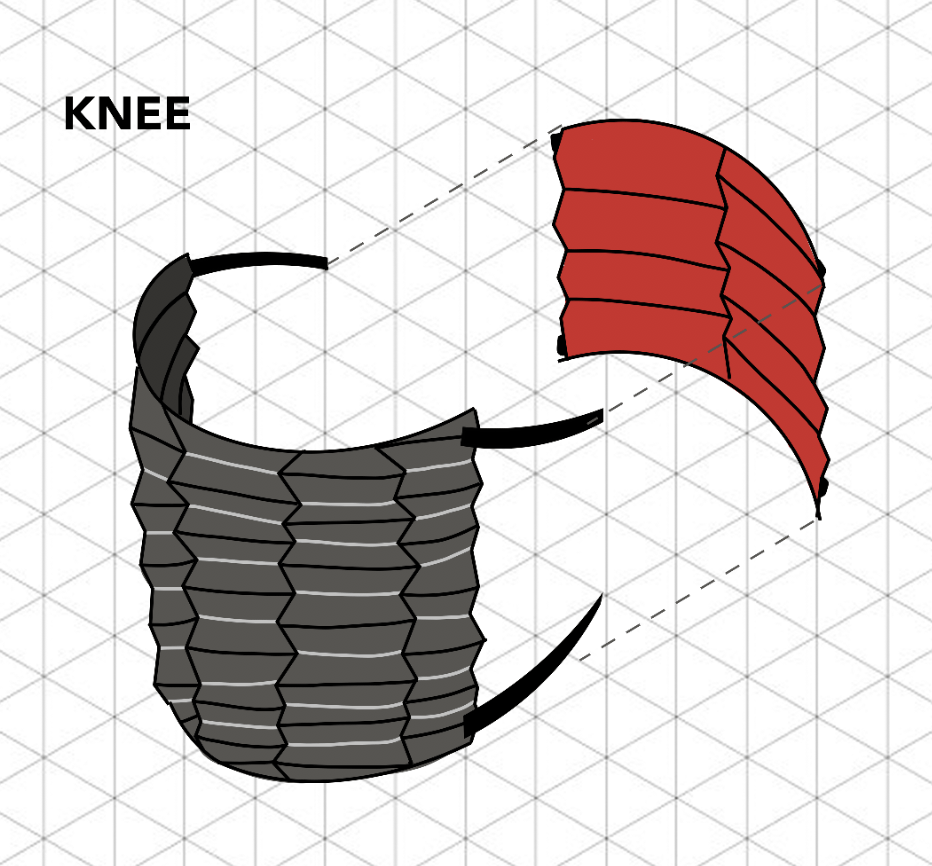
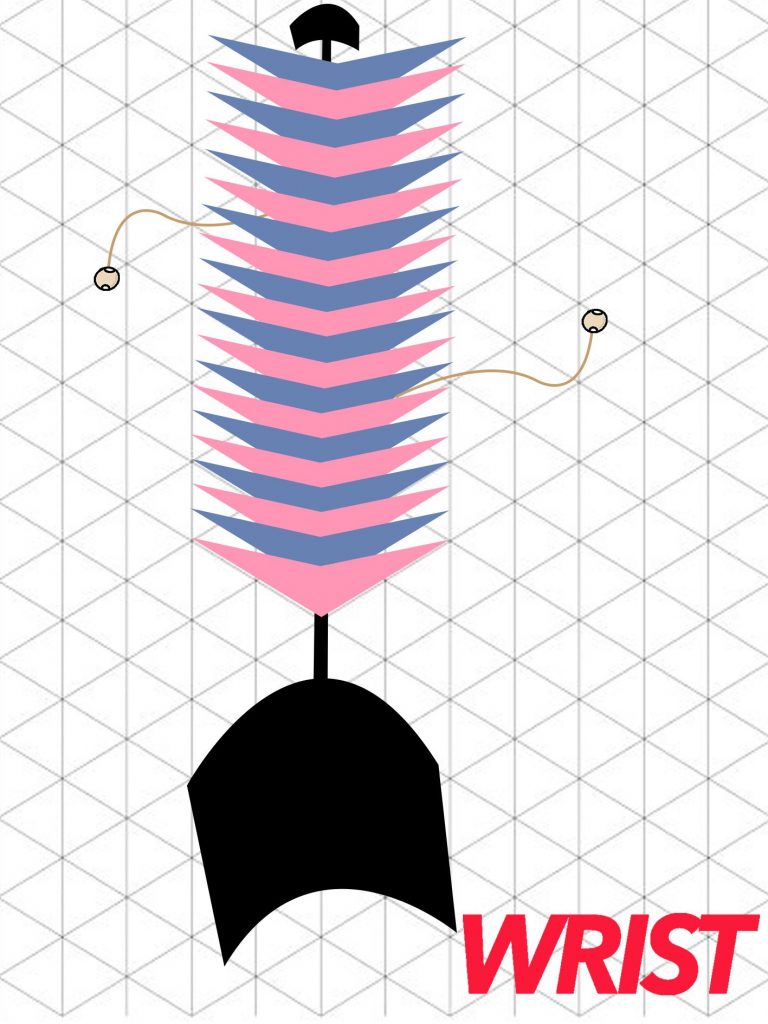
5. Reflections
EMMA
I think we did a good job of resembling the sound we chose with our product, both the wristrument and kneetrument. I went through a lot of challenges with my partner in the beginning from how to link the sound to create a origami. I think the most important part of this project is to find out how a folding could possibly adhere to the range of motion of the body parts. This is the first time to try creating a product that can make sound when using, interesting experience. The main takeaway is to cooperate with a partner to create a collaborative product.
DAENIA
This assignment was tedious and I struggled a lot at the start but I started to enjoy myself once my partner and I finalised on the module. It was also very enriching, analysing body parts and really breaking down their movements to the angle in order to find which material and shape would fit the body part best. I also learnt that tried and testing also makes me understand the topics better. It was also fun learning how to digitally produce origami drawings in photoshop.
FINAL VIDEO!
*click on the vimeo video to hear a clearer representation of the wristrument as the beads knock against the module

